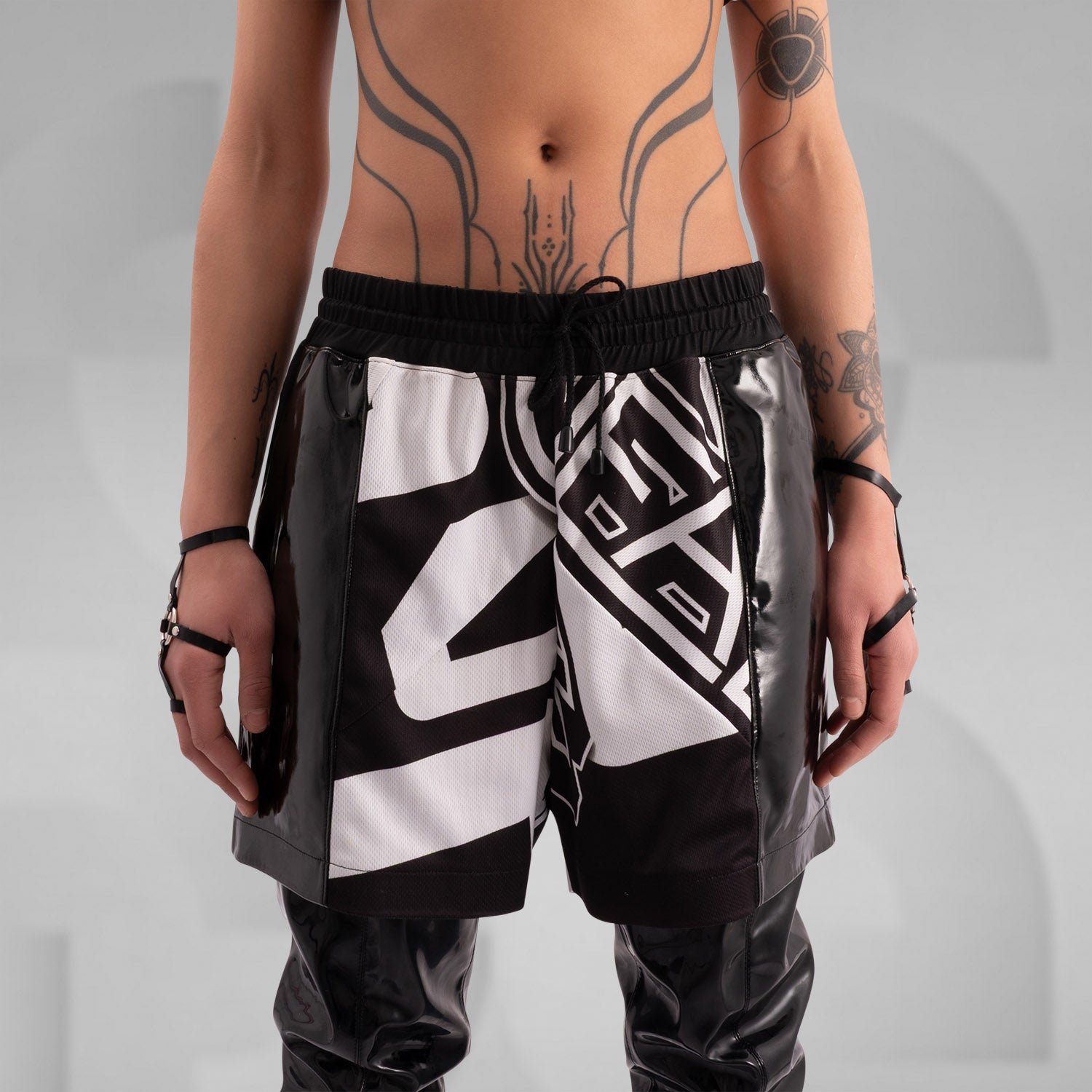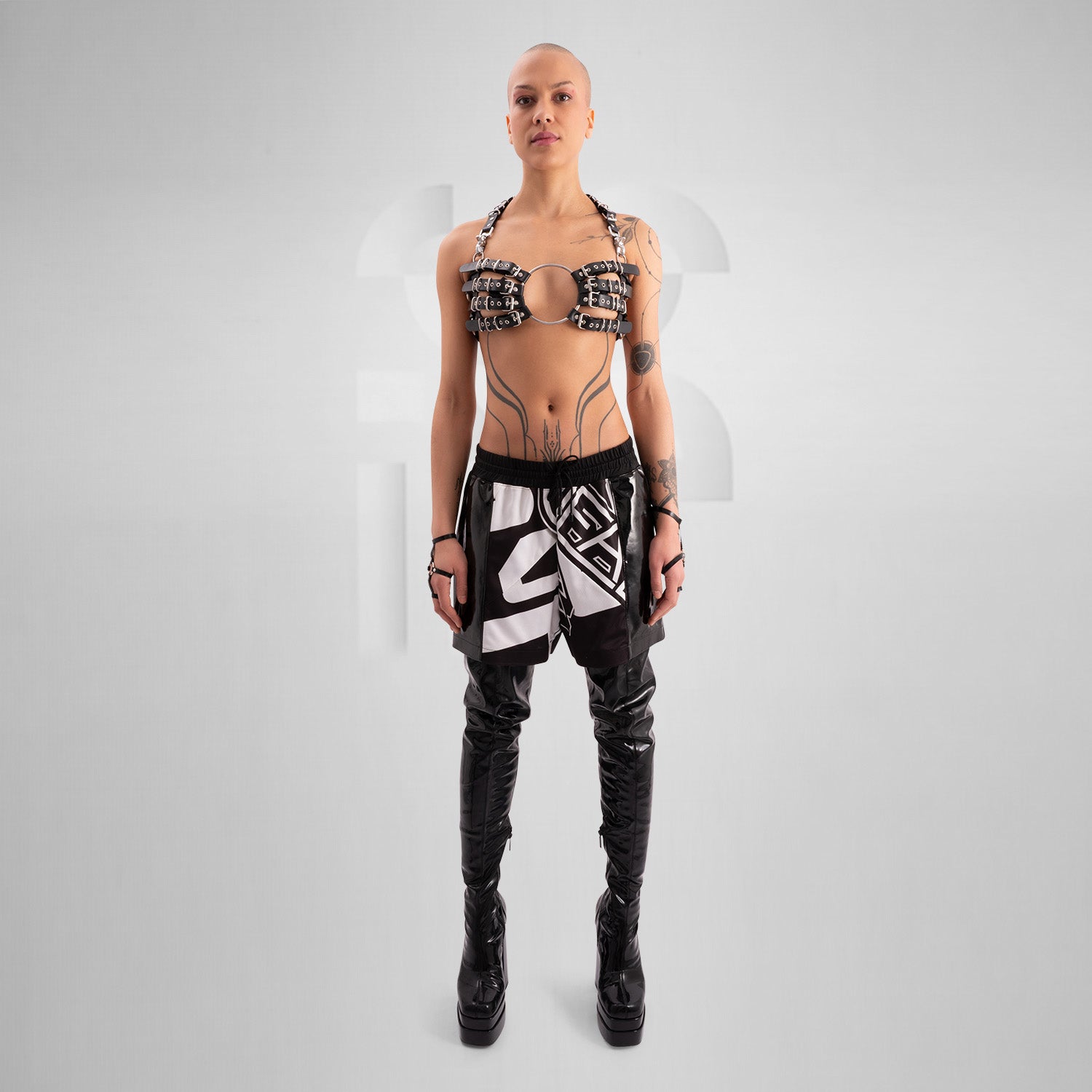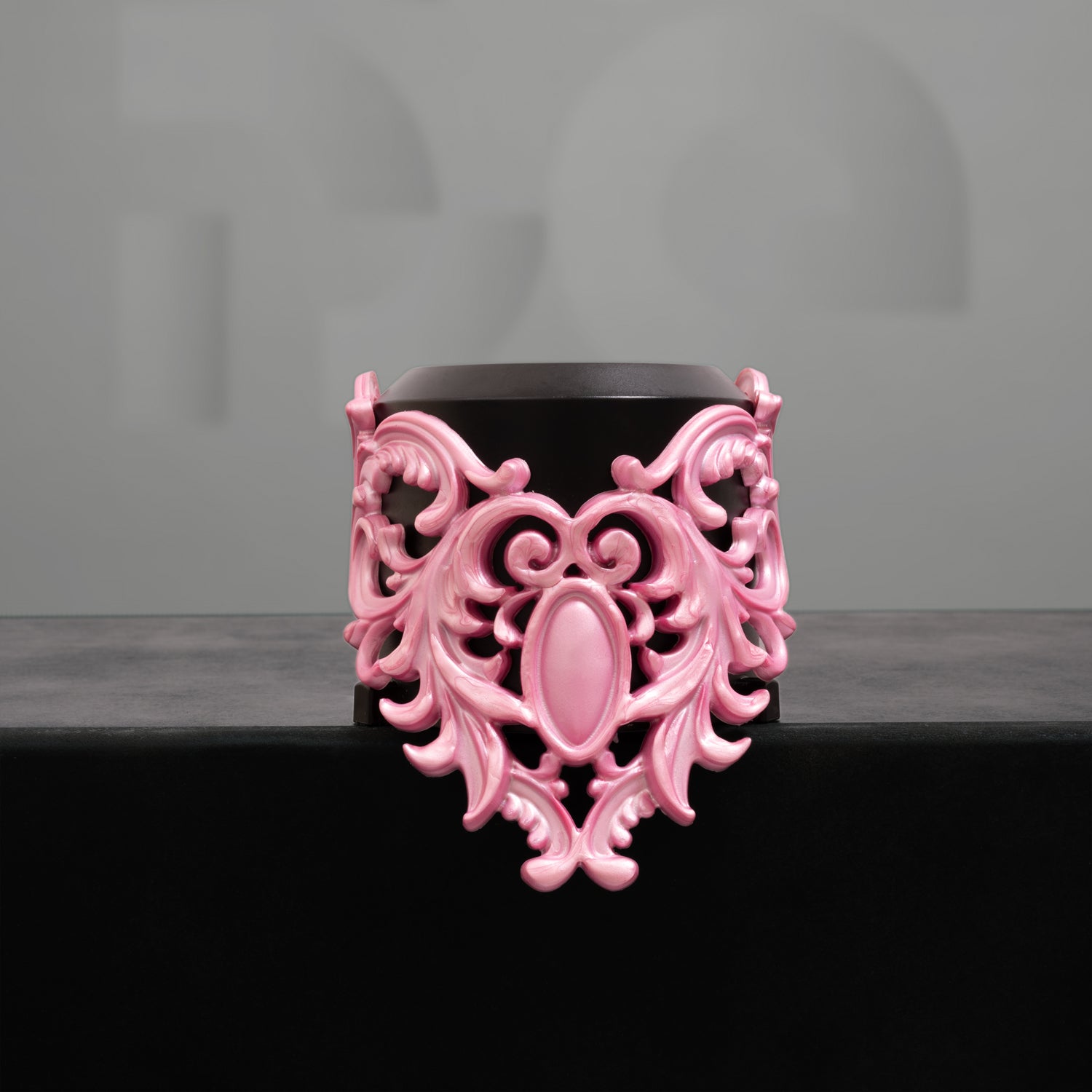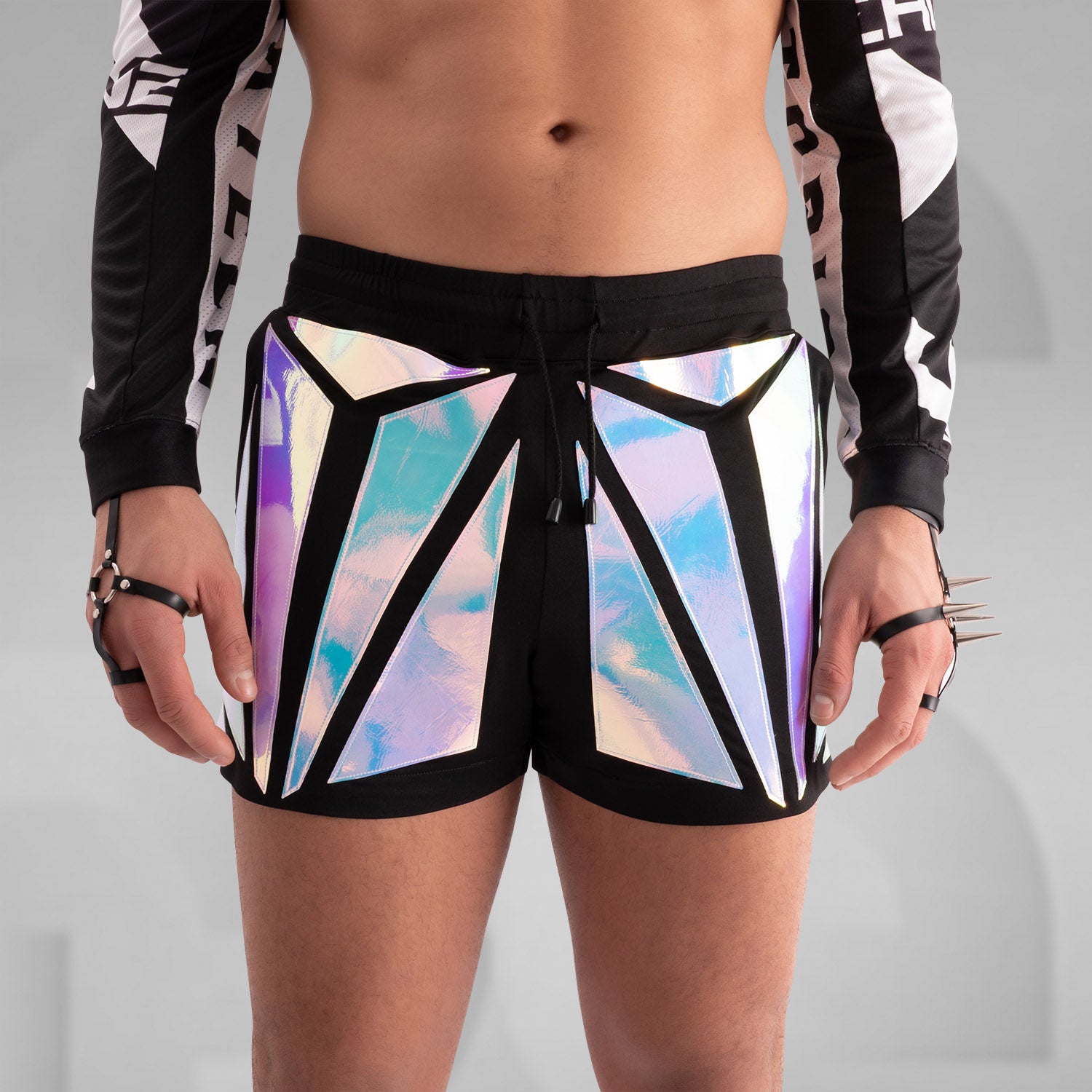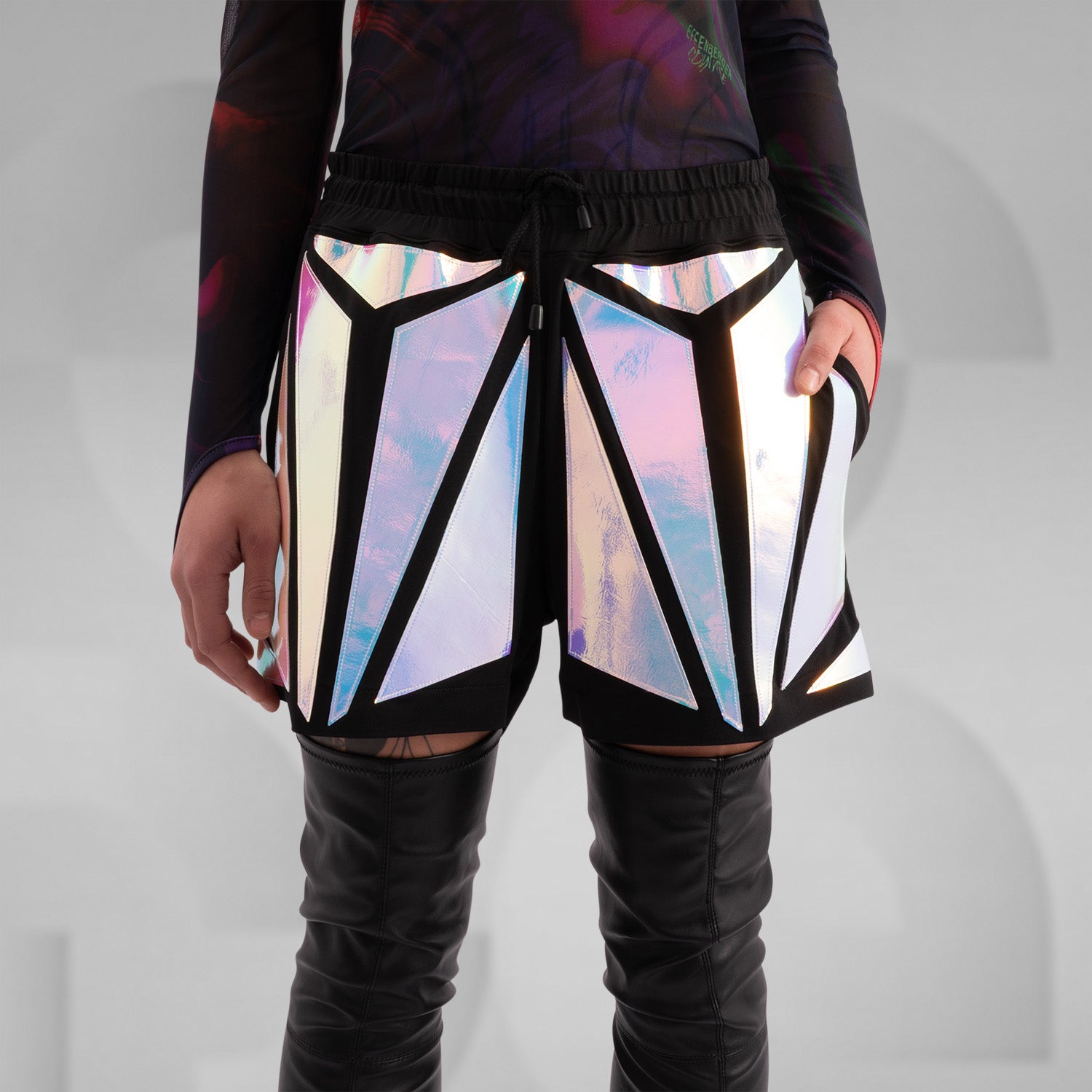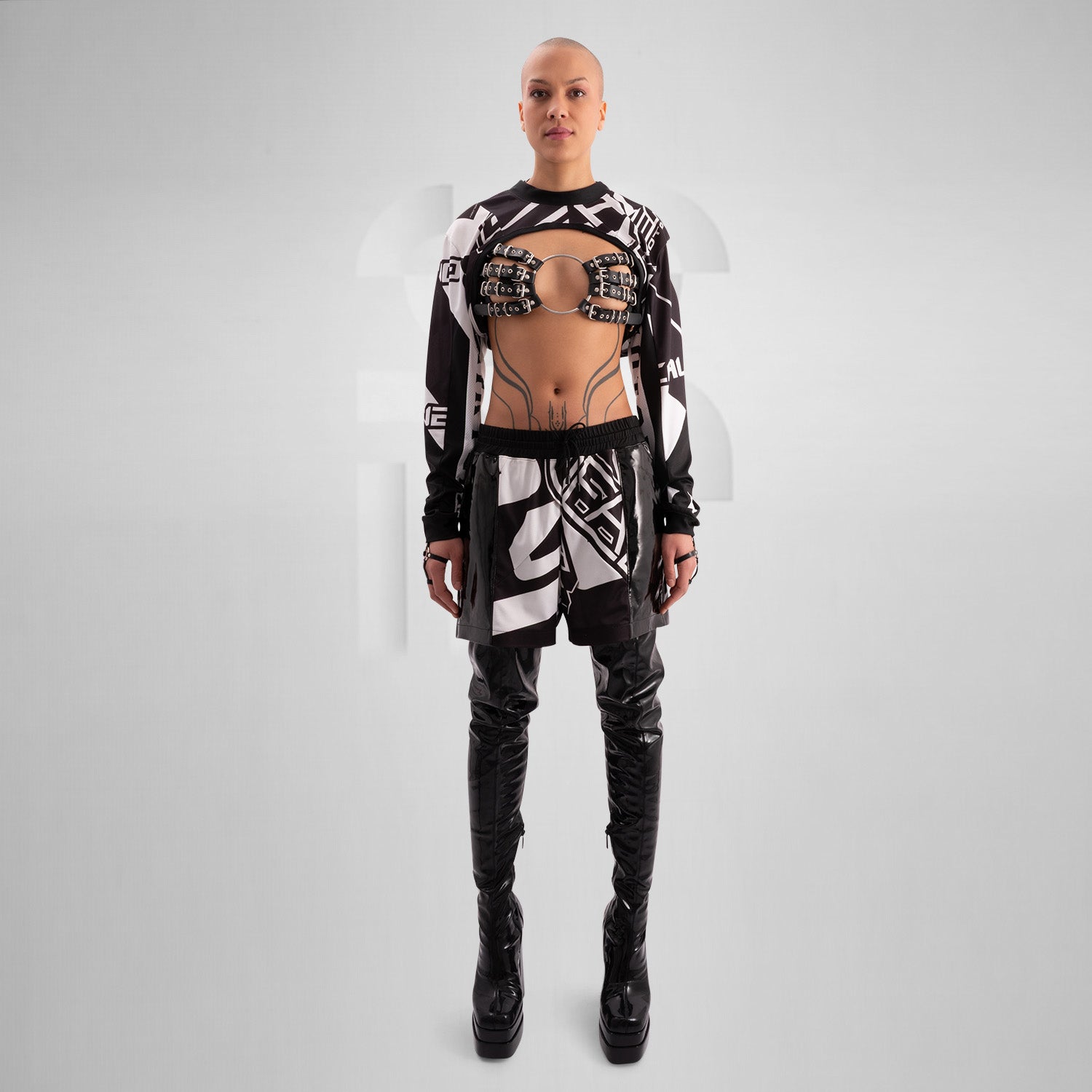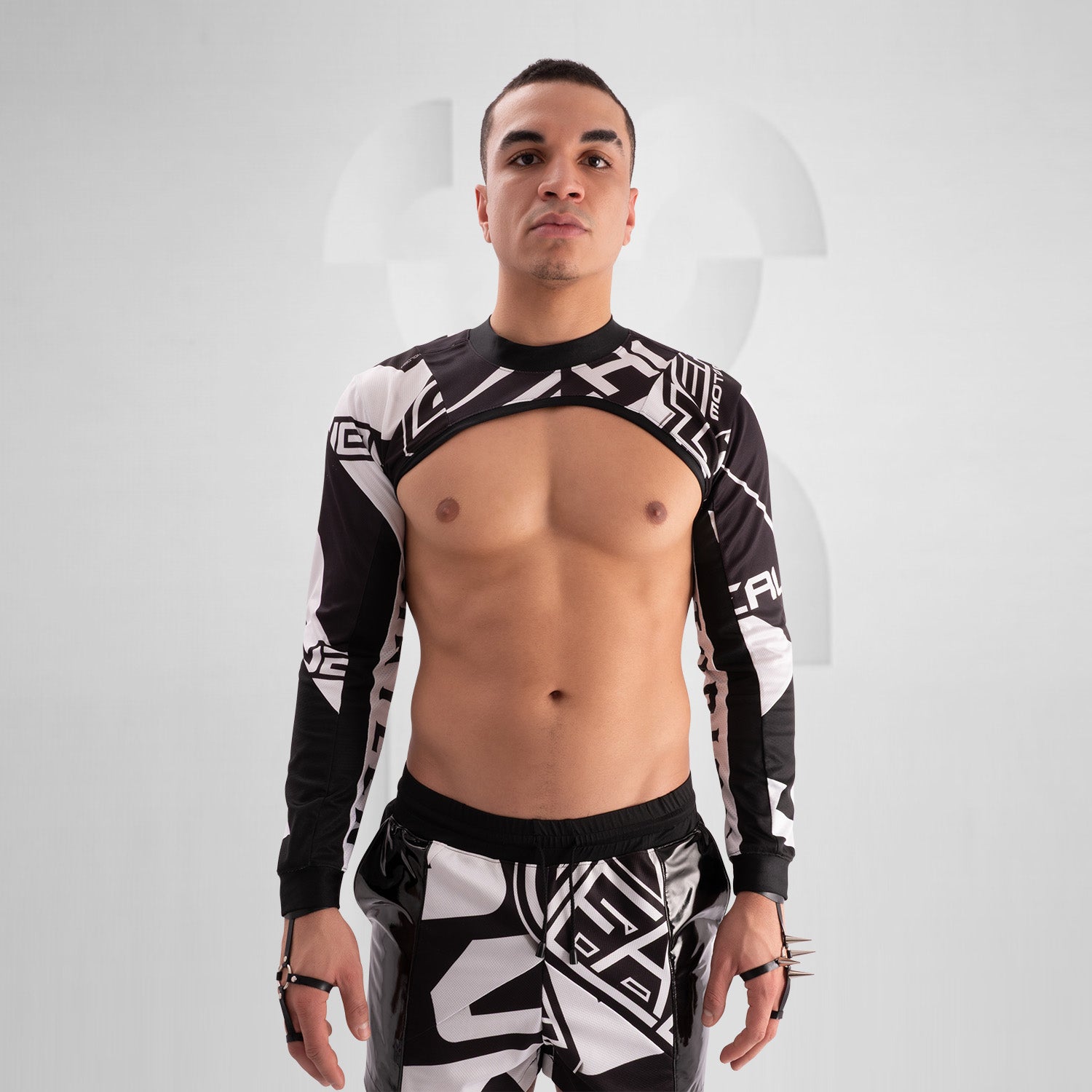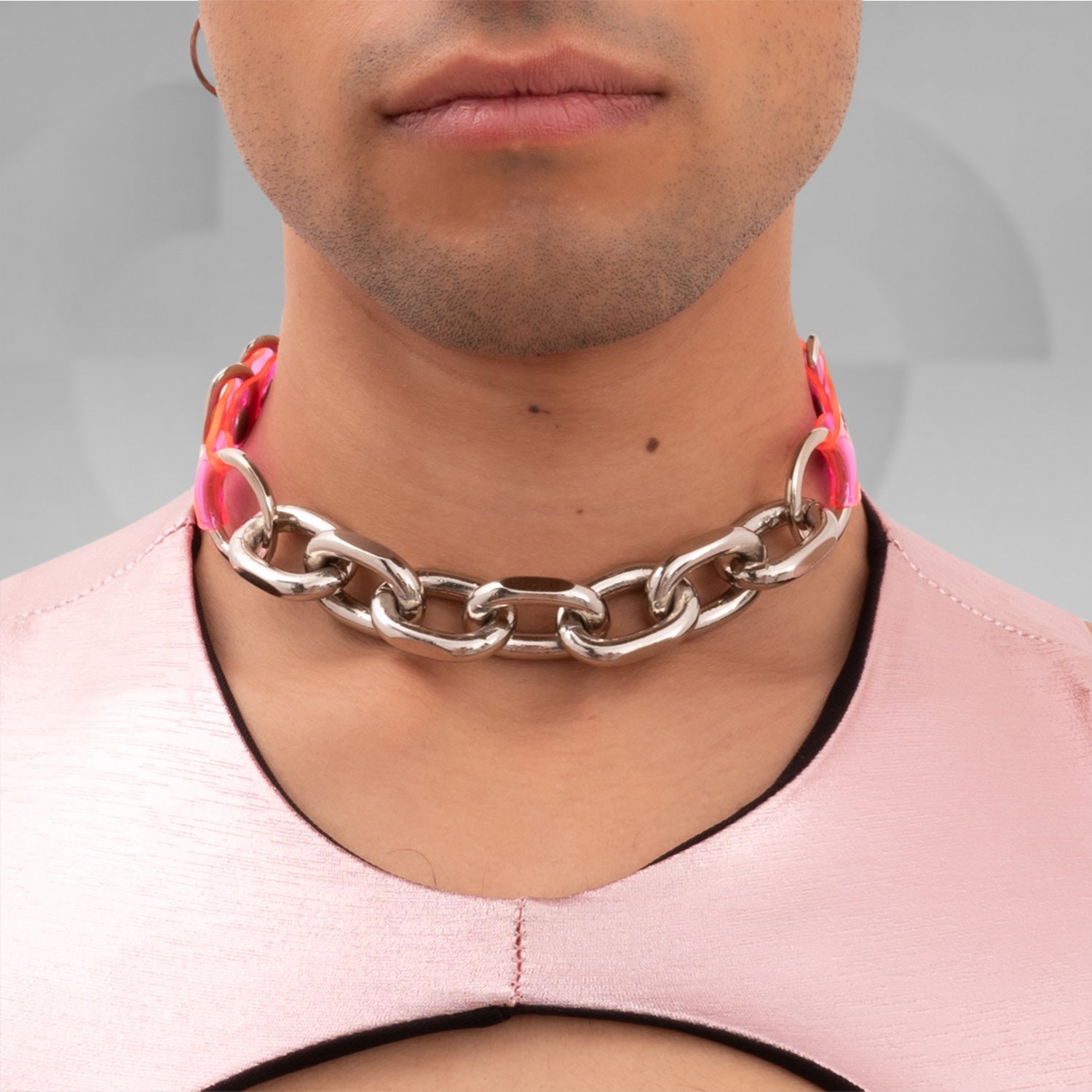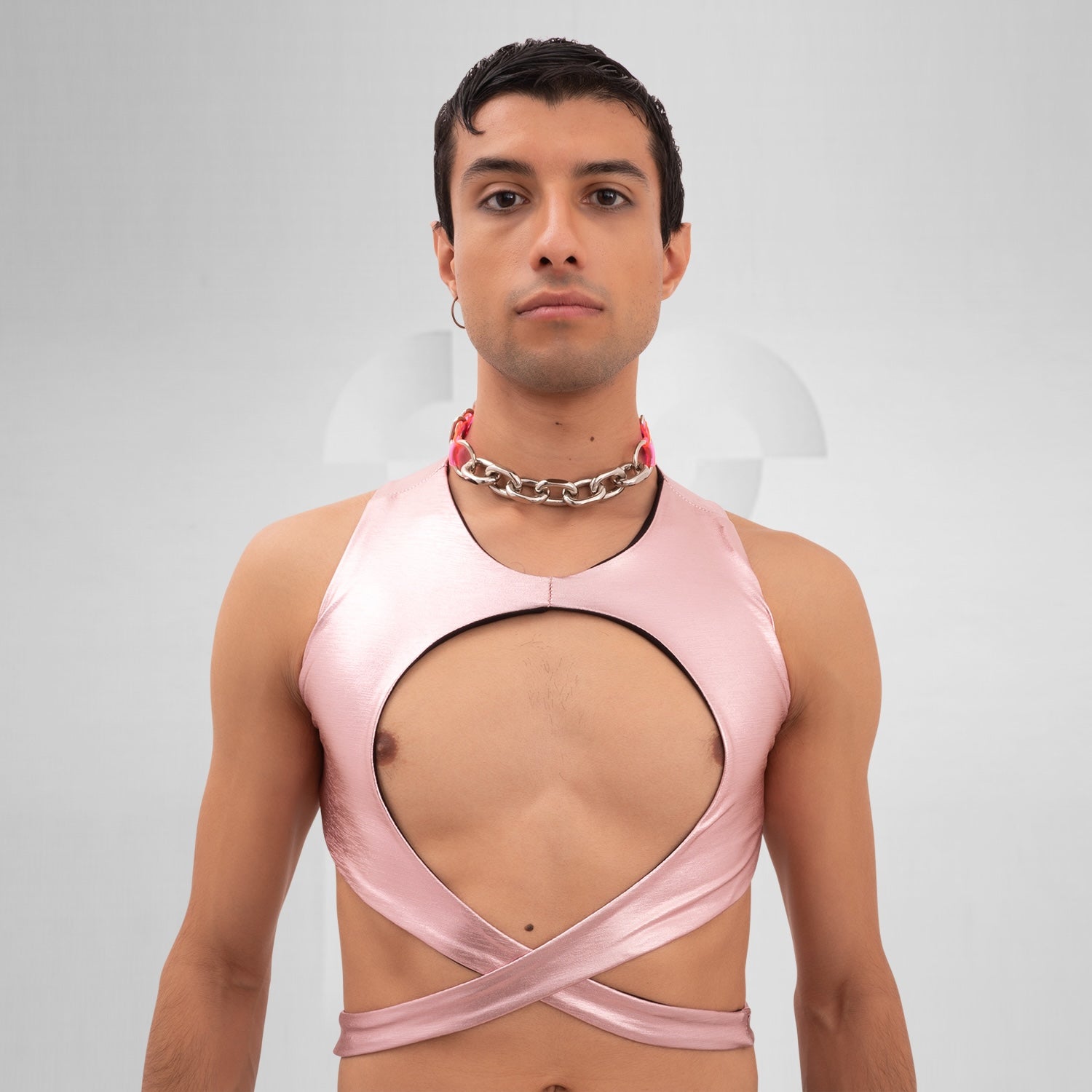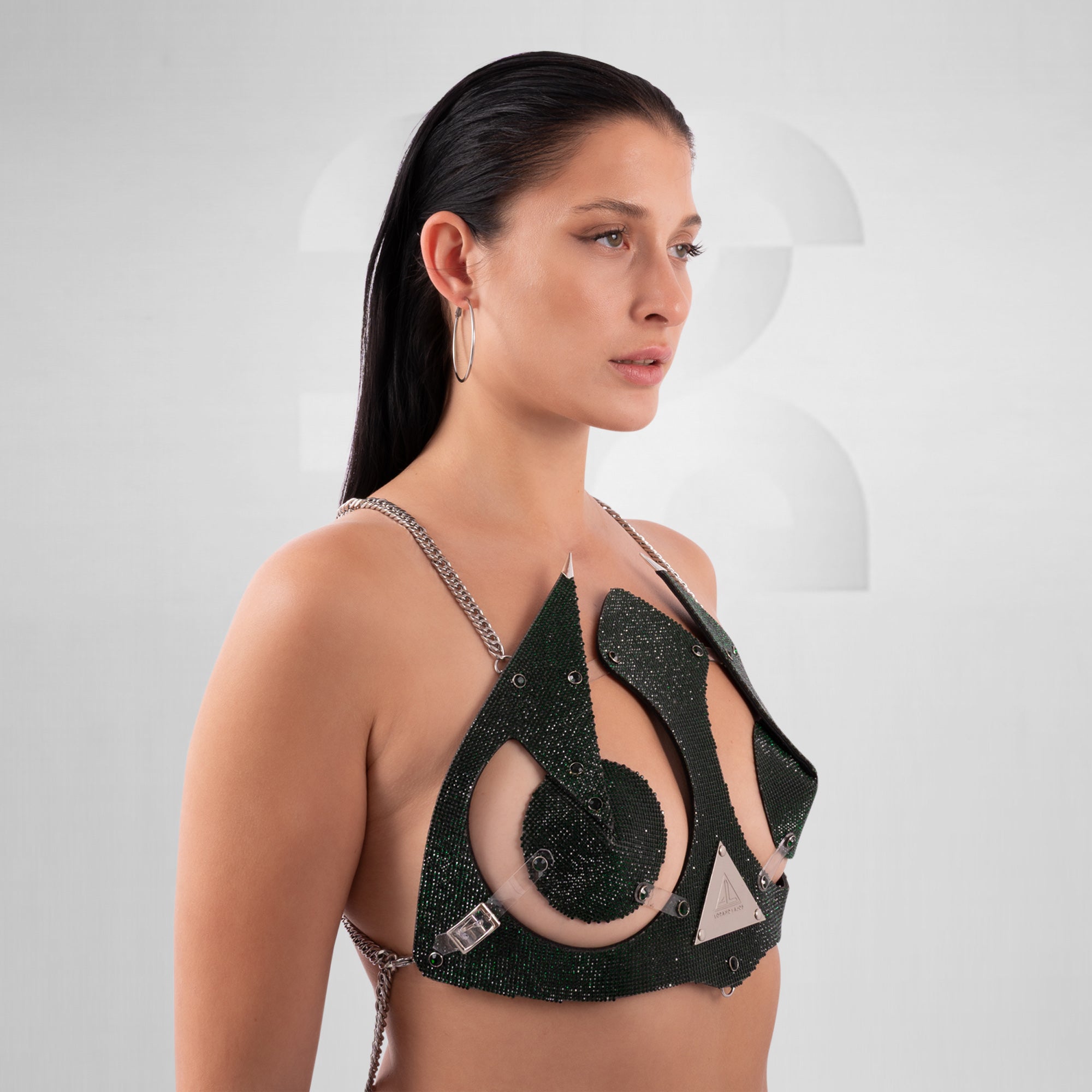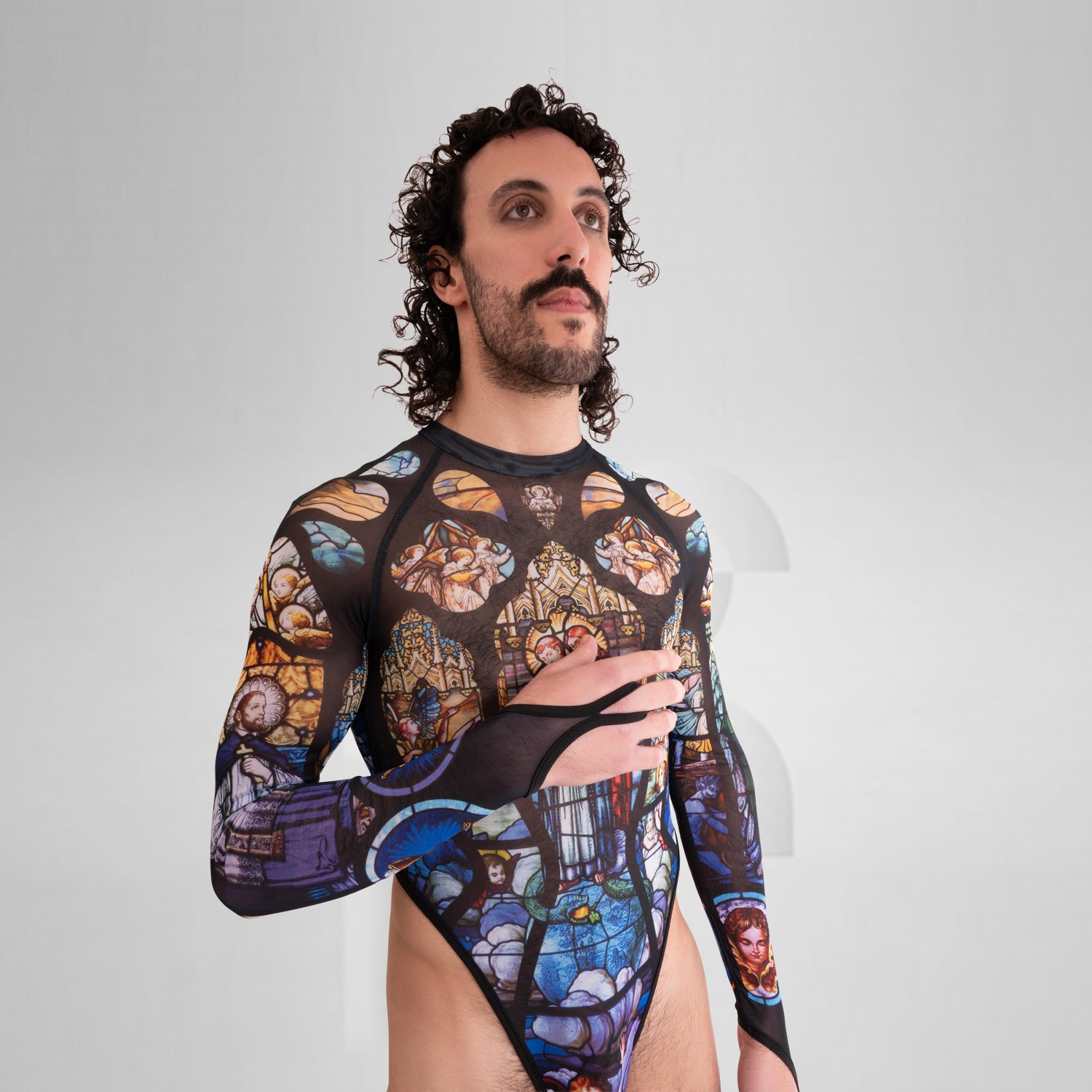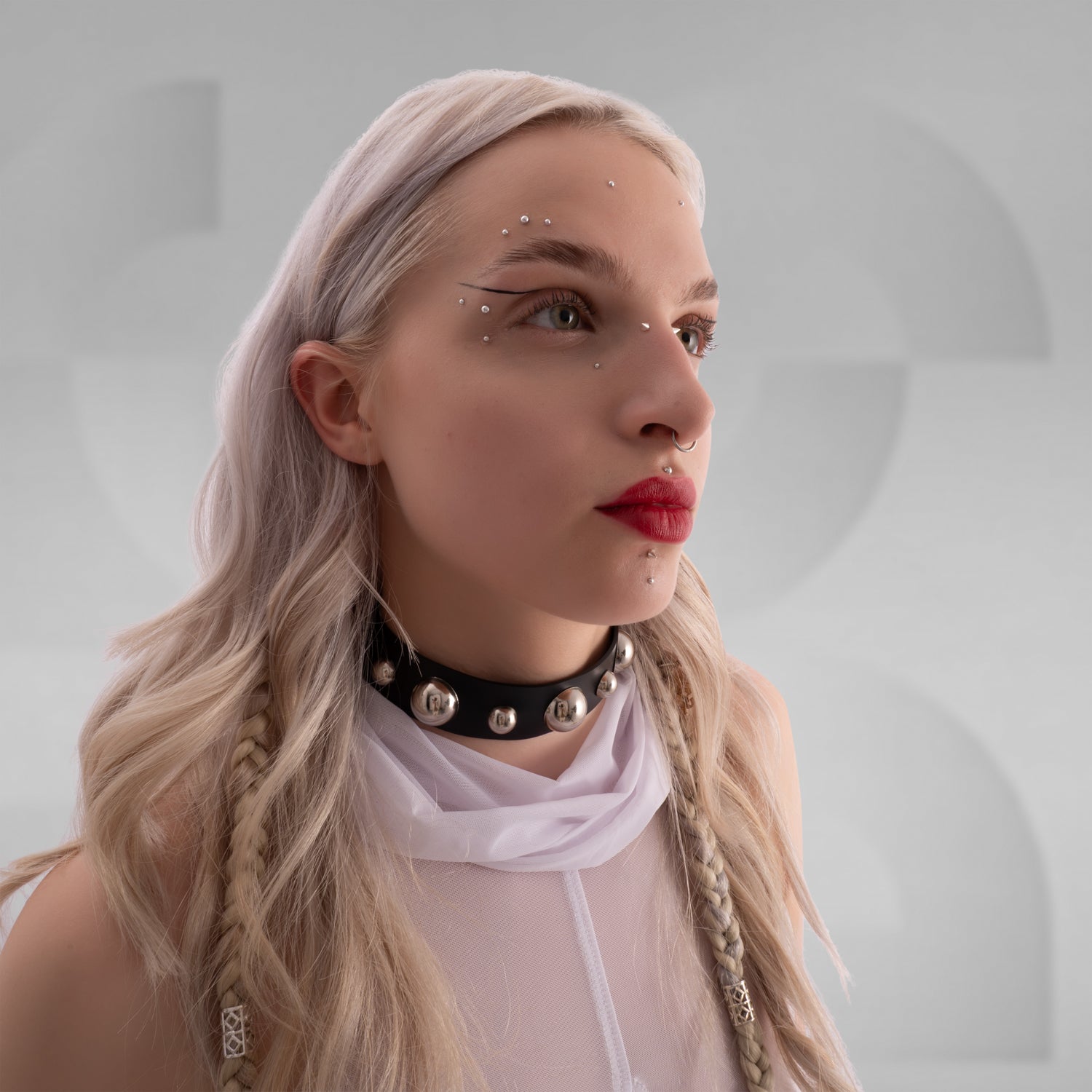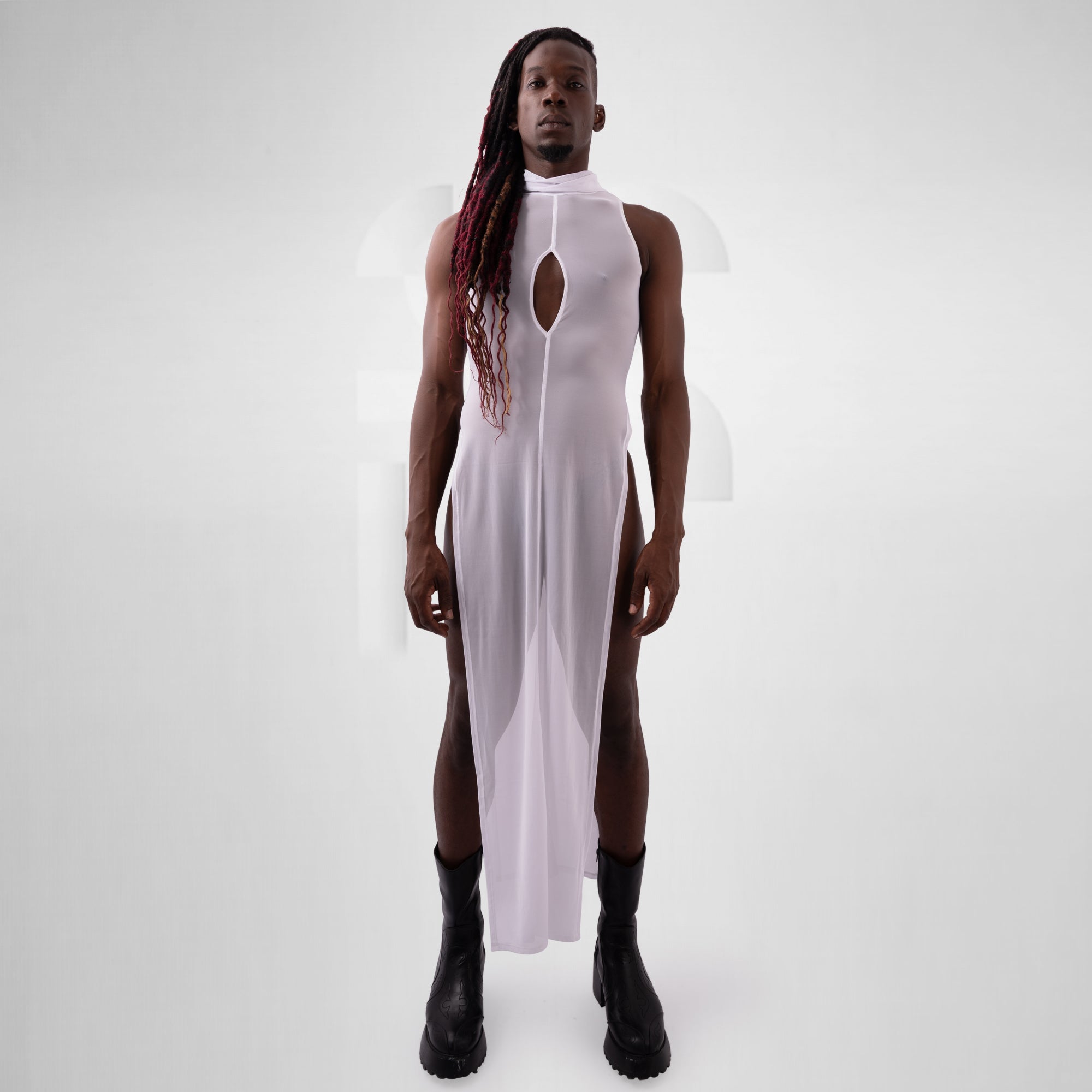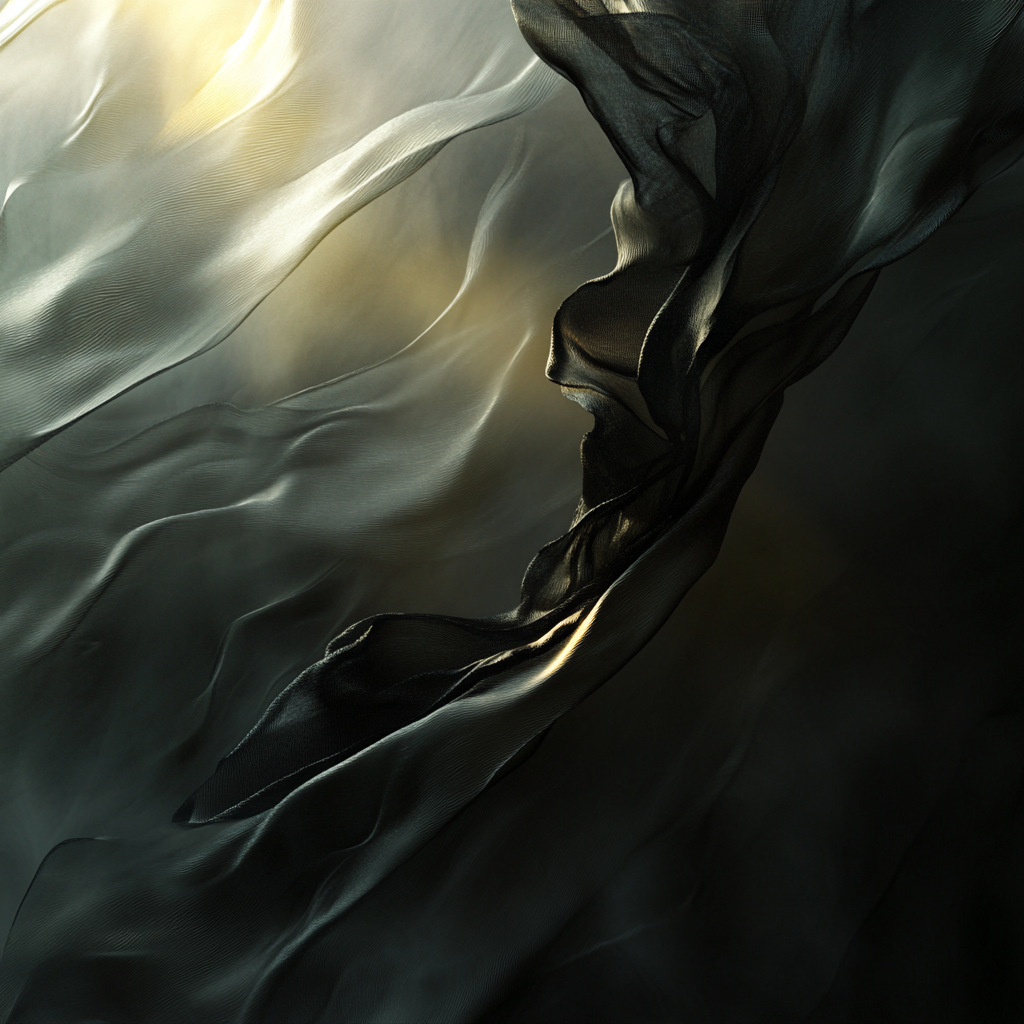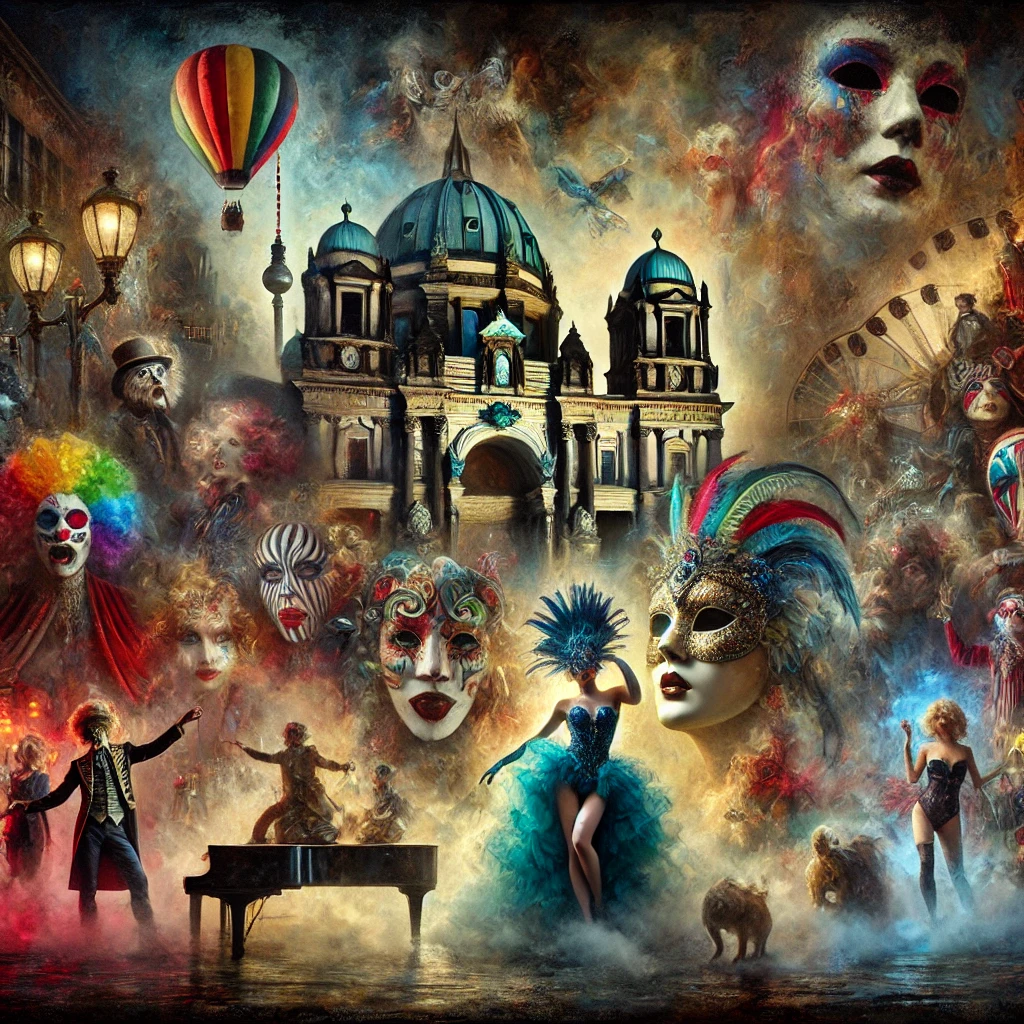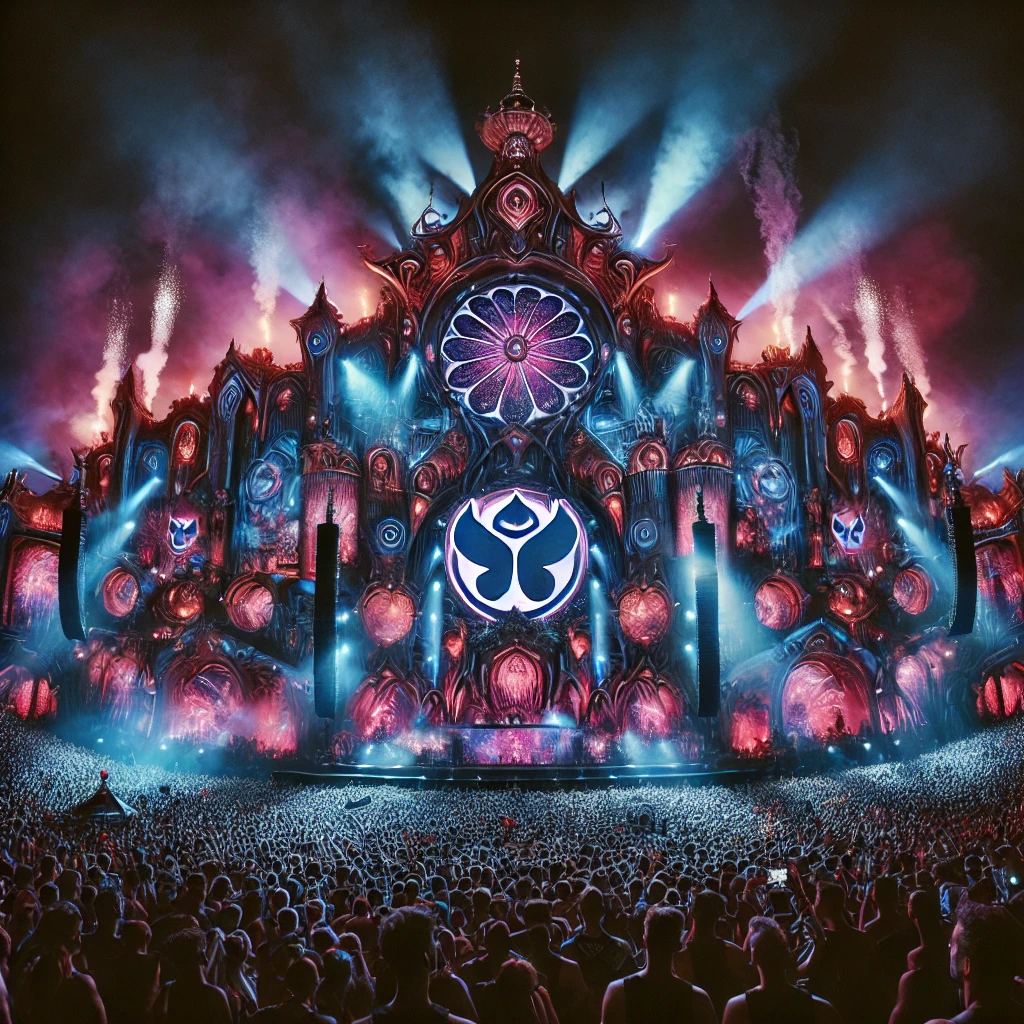
Tomorrowland’s Silent Shift: How Techno Is Changing the Heart of the World’s Biggest Festival
Tomorrowland has long stood as the ultimate symbol of electronic dance music.
Located in Belgium, the festival built its global reputation on a specific sound: bright, melodic, high-energy EDM that captured the imagination of millions.
Names like David Guetta, Martin Garrix, and Dimitri Vegas & Like Mike became almost synonymous with the massive stages and endless fireworks.
But in recent years, something deeper has been happening beneath the surface.
Techno — darker, rawer, and far more emotional — has not only arrived at Tomorrowland.
It’s quietly taking over.
For those paying close attention, the numbers tell the story.
Between 2015 and 2024, the presence of techno and underground artists at Tomorrowland grew from around 8% of the lineup to nearly 25%.
Stages like the Freedom Stage, Atmosphere, and CORE have been giving more and more space to the deeper side of electronic music.
I have to be honest — I was never a fan of EDM.
The big drops, the fireworks, the instant rush of happiness — they never spoke to me in a real way.
For many people, EDM is a beautiful escape, and that’s something I fully respect.
But for me, music has always meant something deeper.
It’s not about surface emotions or quick thrills.
It’s about something you feel deep inside — music from the belly.
Techno, with its rawness, its hypnotic rhythms, and its emotional weight, offered that connection.
It opened a space where music wasn’t just something you listened to — it was something you lived through.
At Tomorrowland today, you can feel this change physically.
Walk from a mainstage EDM set into a techno stage, and the atmosphere shifts:
Less hands in the air, more eyes closed.
Less shouting, more breathing with the music.
It’s a different kind of party — one that asks you to feel, not just react.
Take for example Nina Kraviz’s set in 2024 — a deep, hypnotic journey that unfolded not on some hidden side stage, but on a major platform where once only pop-EDM superstars stood.
Her set didn’t ask the crowd to jump or scream.
It asked them to listen. To travel inside themselves.
It was a different kind of Tomorrowland moment — one shaped not by spectacle, but by sound.
And it’s not just the biggest techno names either.
Beyond Charlotte de Witte and Amelie Lens, you now find artists like Reinier Zonneveld, ANNA, Indira Paganotto, Mind Against, Kobosil, I Hate Models, and Enrico Sangiuliano carving out spaces in the lineup.
Names that just a few years ago would have been considered too underground for the festival’s main marketing are now pulling thousands to their stages.
This change is not accidental.
It’s cultural.
It shows that more and more people are craving music that doesn’t just entertain, but transforms.
Tomorrowland may have built its empire on the bright lights and instant euphoria of EDM, but its future might just lie in the shadows — where the deeper, truer pulse of techno beats stronger every year.
EDM belongs to a past era.
A time of surface-level happiness, where bigger was always seen as better.
But times are changing.
Yes, hard techno might now be the new “wave” at big festivals, louder and faster than before.
Yet beyond the noise and trends, the true heartbeat of techno — deep, emotional, timeless — will stay forever.
It doesn’t need fireworks.
It doesn’t need radio hits.
It only needs a soul ready to feel.
And that feeling is stronger than ever.

